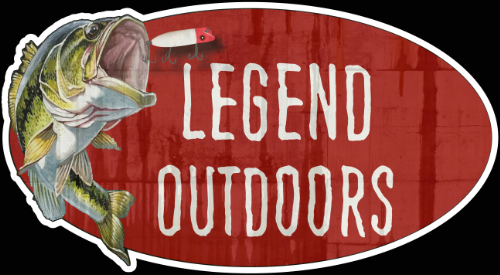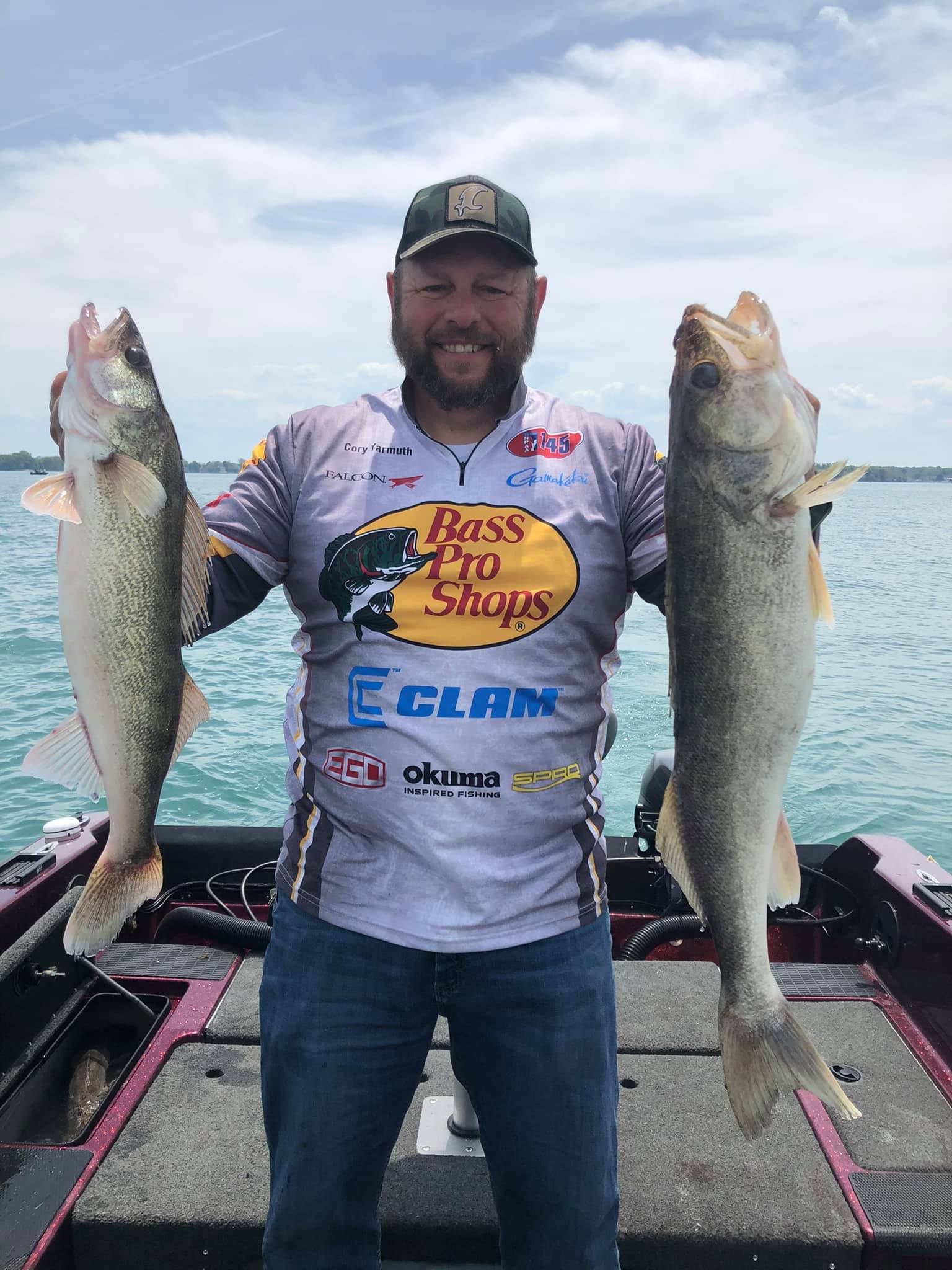Electronics have always played a key role in the world of fishing and actually catching fish. Whether you have the old “Green Box” flasher or a state of the art side imaging unit they all are used for the same purpose, to find fish and structure.
With the world of electronics today a person could drown in all the information that is out there about each and every unit. It is certainly a daunting task looking at all the new units and their features or bells and whistles.
Called a depth finder, fish finder, graph, or locator they all serve the same purpose. They are part of your equipment used to locate and find fish, structure, weeds and contours. Some are even equipped with GPS and mapping functions to make reading a lake that much easier.
All the electronics in the world are not going to make you a better fisherman unless you know how to use them and how to properly employ them when you are out on the water. Without knowing what you are looking at you are just playing a very high tech video game instead of fishing.
I have found in my time on the water that any electronics in my boat have dramatically increased my catch ratio while out fishing. To those outside of the fishing world some may think that they are just overpriced toys that take the fun out of fishing, but as fishermen/women we know better.
Taking time both on and off the water to learn the details of your electronics is a must to putting them to use and using them to their potential. I am sure there are many features on my graphs that I am not using, but it is important to understand what you are looking at as well as how to navigate the screens.
Recent trips out on Lake Michigan for Salmon have proved my point by coming to the docks with a full cooler of salmon. I used my main Humminbird graph to zero in on pods of fish that were suspended in the water column. We were able to use the Side Imaging function to locate fish that were out to the sides of the boat so that we could run our baits right over them and increase our catch ratio.
The GPS function also allowed me to mark where we found and caught fish and then retrace our path to put us back on the pods of fish so that we could make pass after pass over an area to keep catching fish. Without these waypoints I would have been guessing where we had found the fish.
Another electronic tool that proved to be very useful was my Fishhawk X4 unit. This is a unit that utilizes an underwater probe attached to my downrigger that gives me the speed and temperature at the depth I set the downrigger at. There are several other manufactures out there to choose from, but the premise is the same. Getting your speed and temperature at different depths in the water column. When fishing lake Michigan there are many currents that can affect how your lures are running and having a view of what is going on down at my baits allowed me to adjust my presentation to produce fish.

I found that there was a significant current while running in an East troll and my surface speed was about 2.5mph while I was only 1.9mph 50feet down. Most of our hits came on an Eastbound troll and that let me know what speed these fish wanted our baits at.
When we would switch directions the currents changed my bait speeds and our bite would die off. Using both my Graph and the Fishhawk I was able to reproduce my speeds in all other directions and when I did this our fishing was fast and furious.
This was a great example of how electronics played a huge roll in putting more fish in the cooler and how we were able to stay on the fish that were in the mood to bite our offerings.
The use of Side Imaging can also play a great role in finding fish and allowing me to target these fish without running the boat right over the top of them. Even though Coho this time of year are not easily spooked, I found that on days when the bite is tough if you went over the top of them they were less likely to take our offerings.
Using the Side imaging and the gps we were able to put the boat in a position that would allow our outside baits to run over the more aggressive fish without causing too much commotion and spooking the fish. This advantage, again, allowed us to put more fish in the boat.
With the combination of different electronics there opens up a new world in the way I approach any fishing situation and I suppose some would think that this is an “unfair” advantage, however I see it as a learning opportunity.

We use computers almost every day in our life and they are used for work, pleasure, or a combination of the two. So why can’t we use electronics in our fishing? When used correctly and in combination with others it is possible to eliminate unproductive water and find areas that you might not have seen otherwise.
Today’s technology has allowed us to get a computer generated representation of what is under or to the sides of our boats. This has led me down a path that has allowed me to catch more and often bigger fish. I can eliminate unproductive water and concentrate on structure that will produce fish.
Recent outings have proved the effectiveness of my electronics and have allowed me to gain confidence in my presentations. Take the time to learn your electronics and how to put them to good use and you will become more productive on the water.

